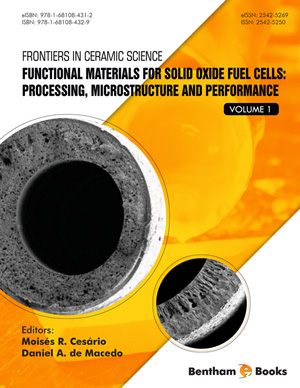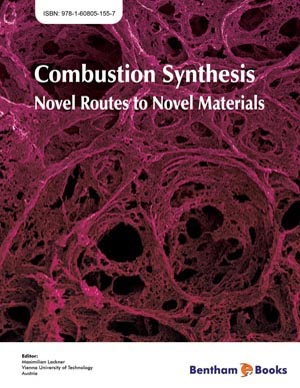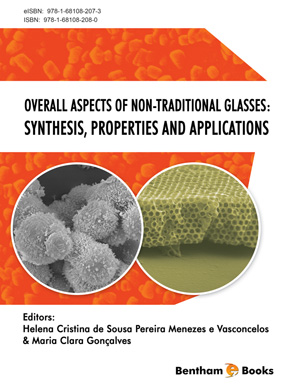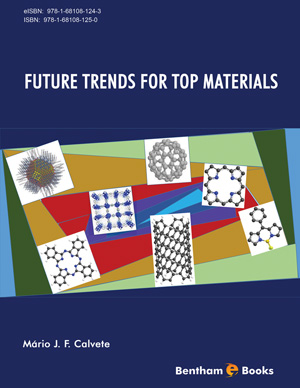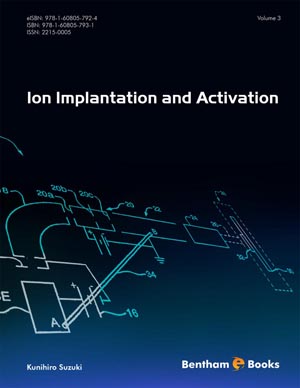Abstract
YSZ (yttrium stabilized zirconia) with fluorite structure is the traditional electrolyte used in SOFC (solid oxide fuel cell), where the operating temperatures are above 900 oC. In those high temperatures, reactions between the components may occur, in addition to the thermal expansion and contraction, causing the diminution of the cell life. Therefore, the reducing of operating temperature to development of the intermediate temperature SOFs (IT-SOFCs) is one of important task to the power production area. Find an alternative electrolyte for IT-SOFCs became the interest of researchers. Recently, rare earth silicate-based compositions materials with apatite-type structure, with general formula Ln10-aSi6O26+b, (where Ln is La, Sm, Nd, Dy or Gd, and a = 8 to 11), have attracted significant attention as electrolyte. This is because of the structure allows high ionic conductivity with low activation energy at intermediate temperatures. For example, the lanthanum silicate apatite (LSA) solid electrolyte, with the composition La10Si6O27 has exhibited high oxygen ionic conductivity at 500 oC. However, several problems in obtaining the pure apatite single phase and the low sinterability of LSA are disadvantageous for its application as electrolyte. Therefore, the development of a viable synthesis process to attain LSA apatite crystalline powder, with high sinterability for applying in the production of IT-SOFCs electrolytes, turned out to be a challenge for SOFC researchers. Efforts have focused to reach the pure single phase of apatite with the reduction of temperature and time of the sintering process. In this review, different methods, of LSA synthesis, are summarized and discussed.
Keywords: Apatite, Characterization, Electrolyte, Ionic conductivity, La10Si6O27, Lanthanum silicate, Methods comparison, SOFC, Synthesis, X-ray Diffraction.


